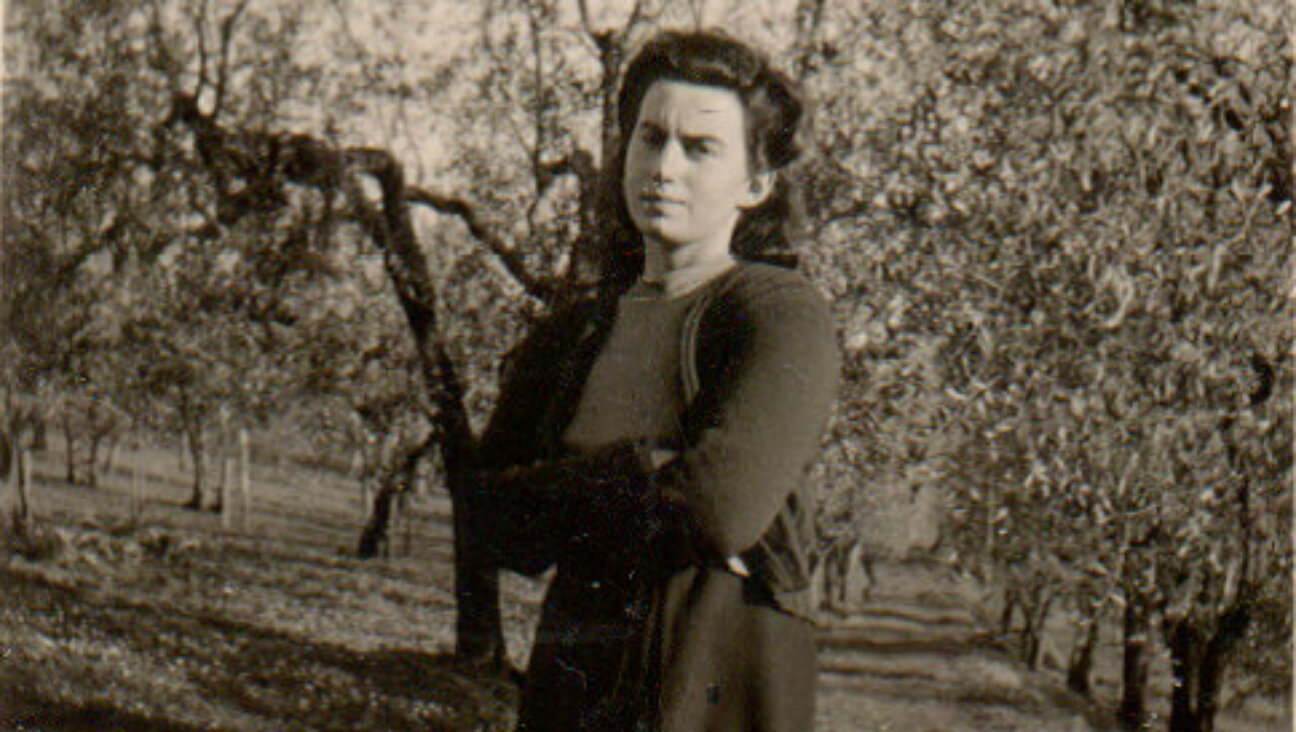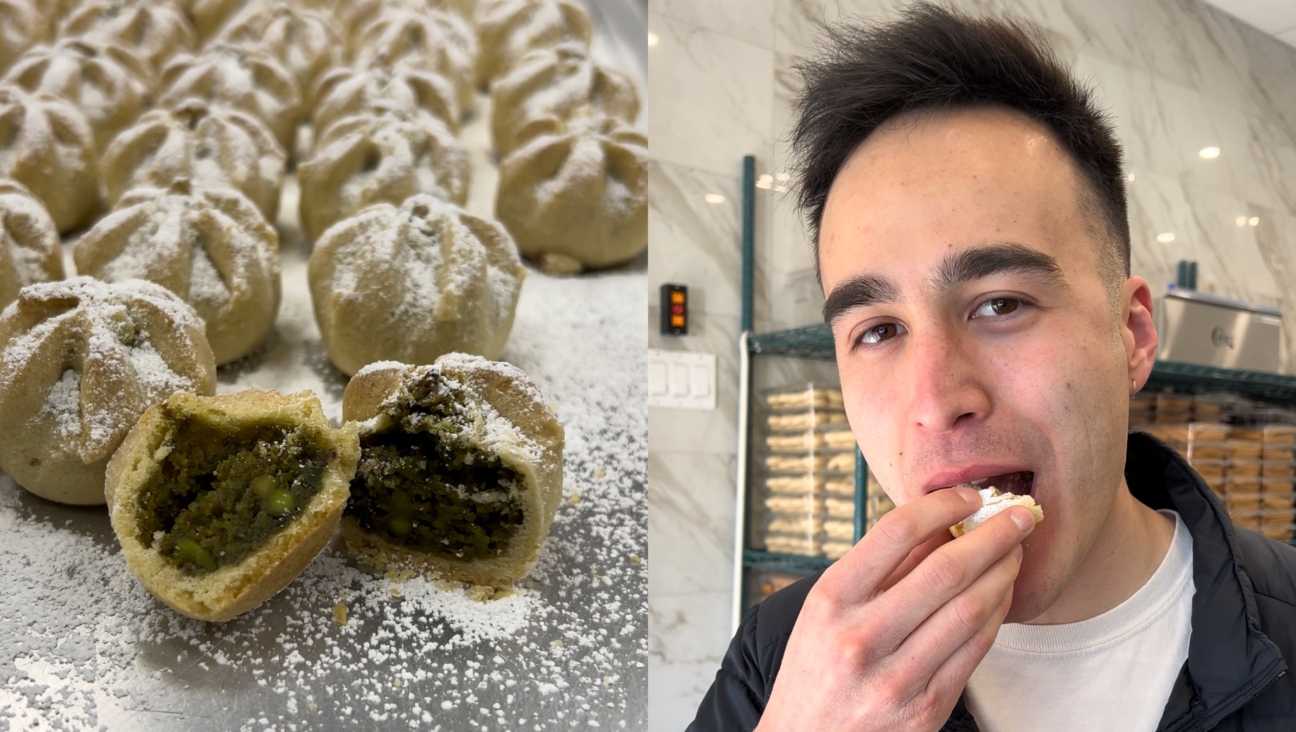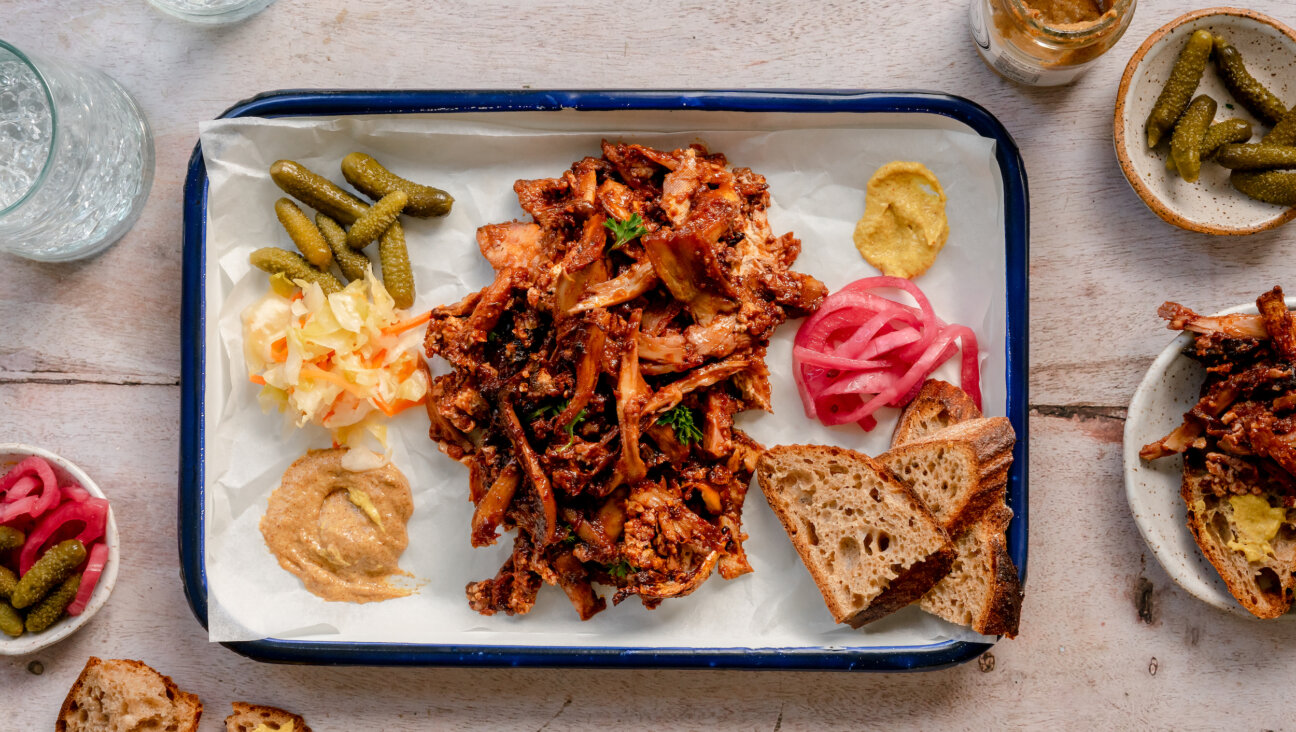The Original Tu B’Shvat Seder: ‘Pri Etz Hadar’
Some Jews will celebrate this Tu B’Shvat, by blessing and eating different kinds of fruits — paying attention to their different textures and tastes, by eating the Seven Species of grains and fruits of Israel or seven local foods and by reciting or singing a string of passages from Jewish and other texts as part of a seder.
In so doing, we turn the “outside” recurring patterns of nature into something we feel both subjectively and physically as new. But where did we get this idea to celebrate Tu B’Shvat with a seder and with the seven species? The Passover Haggadah is an influence, of course, and there are other precedents for the Jewish practice of reading and eating. But the particular form of most contemporary Tu B’Shvat seders, with their focus on blessing, eating, and talking about fruits and what they symbolize, is modeled after a mystical manual, ”Pri Etz Hadar,” [“The Fruit of the Goodly Tree”], first printed in Venice in 1728 as part of the “Hemdat Yamim”, which was heavily influenced by the kabbalists of Safed. Some Ashkenazic authorities condemned the text as Sabbatian propaganda. Until recently, it was circulated and published primarily by Sefardim.
It associates our winter seasonal longing for the return of the trees’ fruit with the Jewish national yearning for a Messiah to restore the days of the Garden of Eden. “Through the tikkun [reading] that is performed in this day with fruit, the Life of the Worlds, is aroused.”
“Pri Etz Hadar’s” idea that fruits with and without rinds or pits symbolize aspects of the world, and that mindfully eating them makes us partners with God in the renewal of the natural world, is arguably its most powerful and emotionally resonant contribution today. This is why, when we sit down to our Tu B’Shvat Seders, we take the time to bless and eat three different kinds of fruits:
• Fruit or nuts with a hard exterior & soft interior (like a banana)
• Fruit with a soft exterior & hard interior (like a peach)
• Fruit that is completely edible (like a strawberry)
Each of these different kinds of food represents and reminds us of different aspects of our existence. When we eat them with intention, they symbolically lead us towards making the world a better place. We make new associations organically with what’s happening in the social and natural worlds around us, if we call attention to it. Eating can be a Jewish experience when we look through Jewish sources, to see the whole other world around us.
Jonathan Brumberg-Kraus is a Professor of Religion at Wheaton College (MA), and a Reconstructionist Rabbi. He recently translated R. Bahya Ben Asher’s classic medieval mystical eating manual, “Shulhan Shel Arba” into English.
The Forward is free to read, but it isn’t free to produce

I hope you appreciated this article. Before you go, I’d like to ask you to please support the Forward.
Now more than ever, American Jews need independent news they can trust, with reporting driven by truth, not ideology. We serve you, not any ideological agenda.
At a time when other newsrooms are closing or cutting back, the Forward has removed its paywall and invested additional resources to report on the ground from Israel and around the U.S. on the impact of the war, rising antisemitism and polarized discourse.
This is a great time to support independent Jewish journalism you rely on. Make a gift today!
— Rachel Fishman Feddersen, Publisher and CEO
Support our mission to tell the Jewish story fully and fairly.
Most Popular
- 1

Fast Forward Ye debuts ‘Heil Hitler’ music video that includes a sample of a Hitler speech
- 2

Opinion It looks like Israel totally underestimated Trump
- 3

Culture Cardinals are Catholic, not Jewish — so why do they all wear yarmulkes?
- 4

Fast Forward Student suspended for ‘F— the Jews’ video defends himself on antisemitic podcast
In Case You Missed It
-

Culture How one Jewish woman fought the Nazis — and helped found a new Italian republic
-

Opinion It looks like Israel totally underestimated Trump
-

Fast Forward Betar ‘almost exclusively triggered’ former student’s detention, judge says
-

Fast Forward ‘Honey, he’s had enough of you’: Trump’s Middle East moves increasingly appear to sideline Israel
-
Shop the Forward Store
100% of profits support our journalism
Republish This Story
Please read before republishing
We’re happy to make this story available to republish for free, unless it originated with JTA, Haaretz or another publication (as indicated on the article) and as long as you follow our guidelines.
You must comply with the following:
- Credit the Forward
- Retain our pixel
- Preserve our canonical link in Google search
- Add a noindex tag in Google search
See our full guidelines for more information, and this guide for detail about canonical URLs.
To republish, copy the HTML by clicking on the yellow button to the right; it includes our tracking pixel, all paragraph styles and hyperlinks, the author byline and credit to the Forward. It does not include images; to avoid copyright violations, you must add them manually, following our guidelines. Please email us at [email protected], subject line “republish,” with any questions or to let us know what stories you’re picking up.















